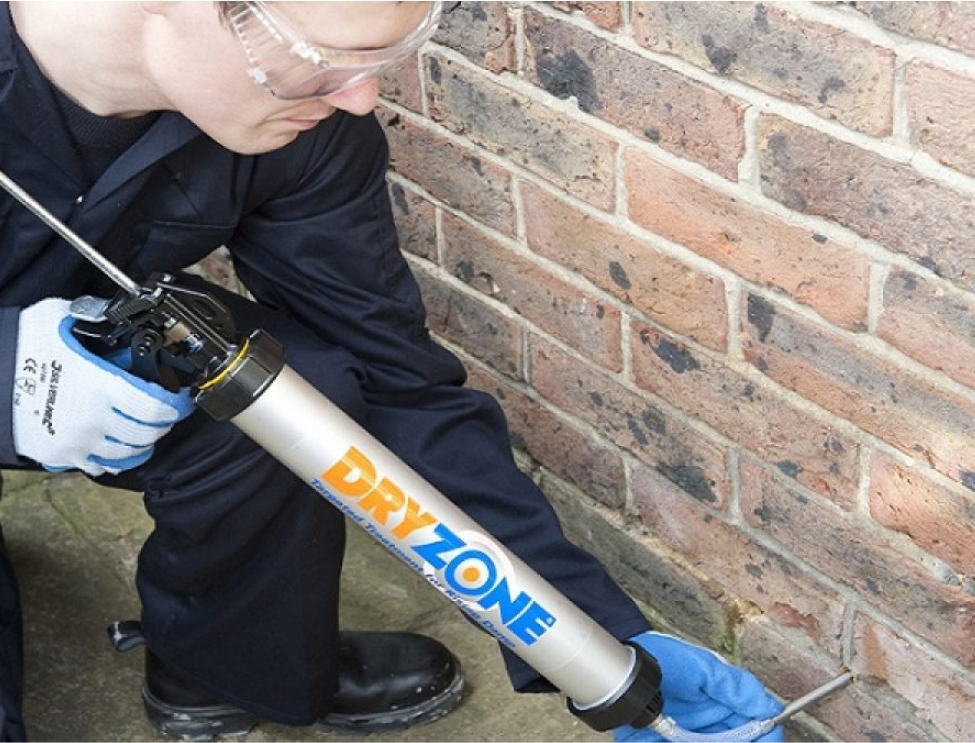Email:
info@fixiz.co.uk
Physical address:
128 City Road, EC1V 2NX, London,UK
Damp, an unwelcome guest in many UK homes, poses a significant threat to both property and health. This pervasive issue, characterised by excess moisture in the air, can manifest in various forms, including rising damp, condensation, and penetrating damp.
Understanding the causes of damp is crucial for homeowners seeking to protect their homes from the detrimental effects of dampness. Here’s a breakdown of the common causes of damp in UK homes:
Rising damp is caused by groundwater seeping into walls, often due to inadequate waterproofing or poor drainage.
This type of damp is typically characterized by damp patches and musty odors at the base of walls.
Condensation occurs when warm air meets cold surfaces, such as windows and walls. The moisture in the warm air condenses and forms droplets, leading to damp patches and mold growth.
Condensation is often exacerbated by poor ventilation and high humidity levels.
Penetrating damp occurs when water enters a building through cracks or gaps in walls, roofs, or around windows and doors.
This type of damp can be caused by weather damage, structural defects, or faulty plumbing.
The presence of damp in UK homes extends far beyond aesthetic concerns, posing a serious threat to both property and health.
Damp conditions can lead to a range of detrimental consequences, affecting both the structure of the home and the well-being of its occupants.
Damp can cause significant structural damage to walls, floors, and furnishings. The excess moisture can lead to rotting, warping, and cracking of materials, potentially compromising the integrity of the building. Moreover, damp can reduce the value of a property, making it difficult to sell or rent.
Damp poses significant health risks, particularly for individuals with respiratory conditions such as asthma and allergies.
Exposure to damp can trigger respiratory infections, exacerbate allergies, and even contribute to the development of asthma.
Damp conditions can also lead to the growth of mold, which can release allergens and cause respiratory problems.
Fortunately, homeowners can take proactive measures to prevent damp from taking hold in their homes.
Implementing preventive measures is essential for protecting both the property and the health of its occupants.
Proper ventilation is paramount in preventing damp. Ensuring adequate airflow throughout the home helps prevent moisture buildup and condensation.
Open windows regularly, especially in bathrooms and kitchens, and consider using extractor fans to remove excess moisture.
Identifying and repairing leaks and cracks promptly is crucial for preventing penetrating damp. Regularly inspect walls, roofs, and around windows and doors for any signs of water ingress.
Seal any cracks or gaps with appropriate sealant to prevent water from entering the home.
Drying clothes outside whenever possible helps reduce indoor humidity, a major contributor to damp. Avoid drying clothes indoors, as this releases moisture into the air.
If indoor drying is necessary, use a dehumidifier to control humidity levels.
Dehumidifiers can be particularly effective in controlling moisture levels in humid environments.
Dehumidifiers extract moisture from the air, reducing the risk of condensation and damp.
If damp has already infiltrated your home, professional intervention is essential for effective treatment and restoring a healthy living environment.

